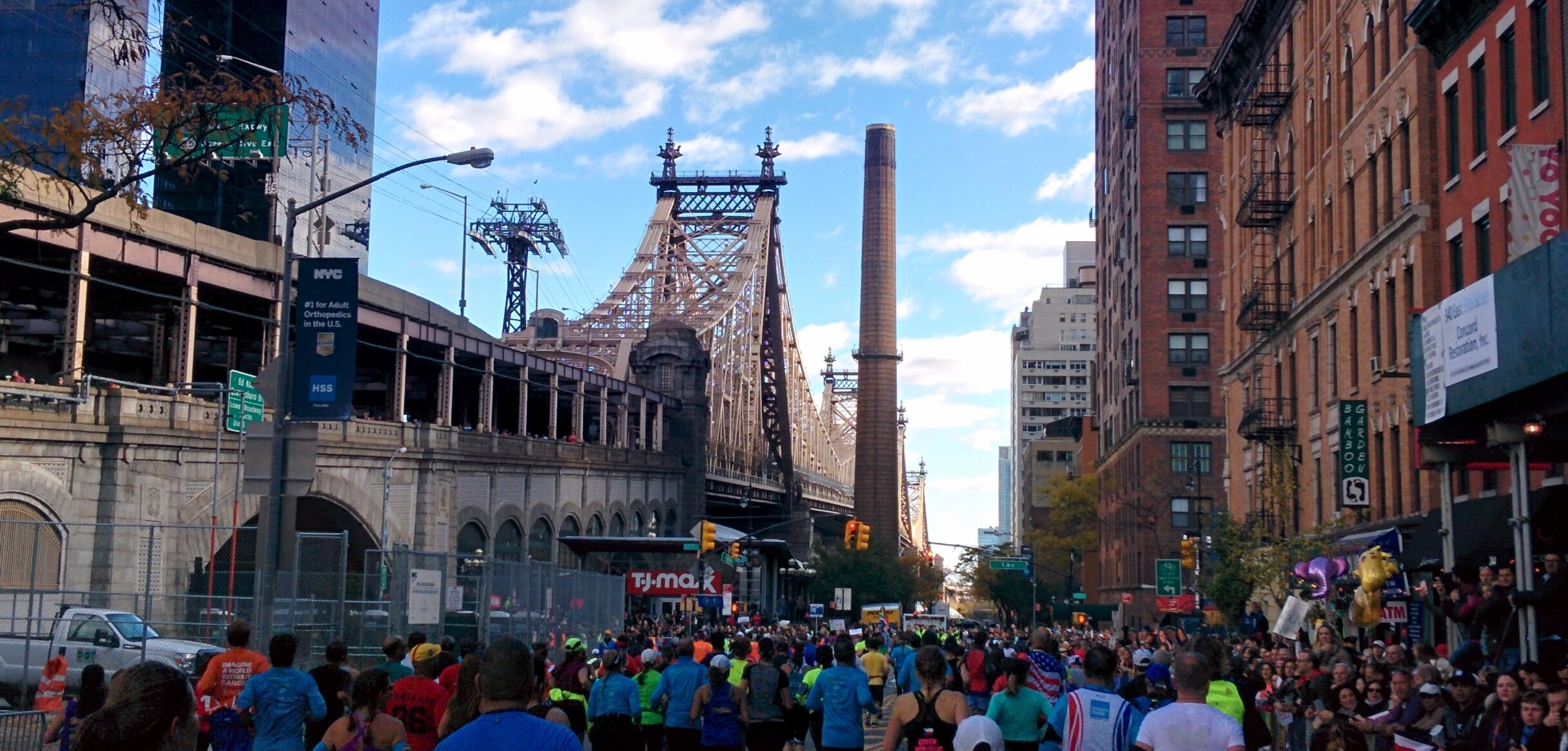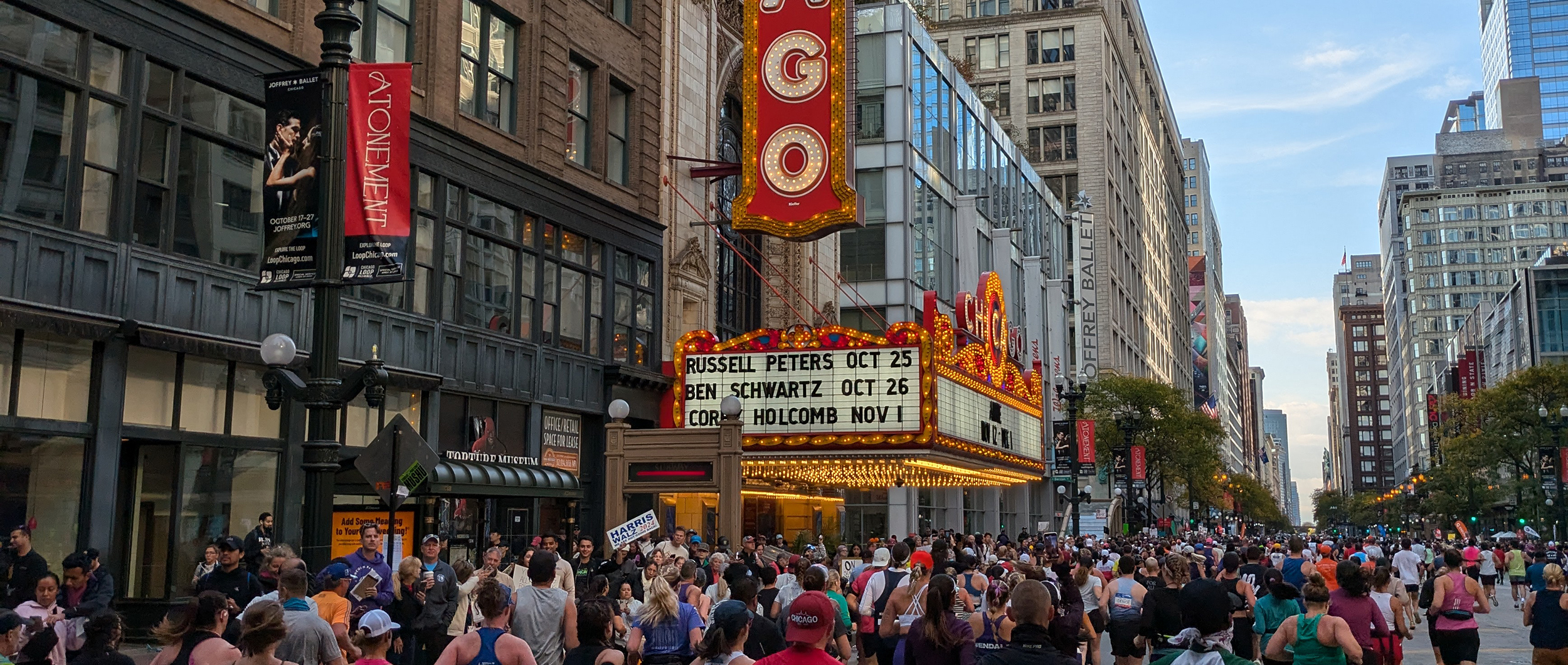News
NOW OFFERING RACE-SPECIFIC TRAINING PLANS!
Walking. It’s the simplest form of physical activity. It’s how we move from place to place in our daily lives. In so many ways, we take the ability to walk for granted. Walking has been shown to be one of the best activities humans can do for their overall health and wellness. Perhaps surprisingly, walking has an important place in the lives of endurance athletes, too.
It’s probably one of the more common misconceptions that endurance athletes make: They think that they don’t need to consider walking or how much they are moving throughout their activities of daily living because they are completing workouts and training for their goals. And while workouts are very important for athletes, how they move through the rest of their lives matters, too.
Exercise as we know it is a relatively recent phenomenon when you consider the history of our species. While there are historical records going back thousands of years that indicate that humans did train for athletic events (the Ancient Greeks are one such group who did this), it really wasn’t until the turn of the 20th Century that athletic competitions became more widespread and culturally significant. (Specifically, we can trace this back to the reintroduction of the Olympic Games in 1896.)
As the century turned, athletics started to take on a form that we would recognize today. Sports, events, and teams shifted from being playful and recreational to becoming more organized. People trained specifically for events and competitions with performance outcomes in mind. At the same time, the Second Industrial Revolution was happening around the world, which changed a lot of things culturally. While people were still doing physical jobs, more and more people were working in factories and in cities. This represented a shift away from the more rural and agricultural lifestyle that had preceded this time period for literally thousands of years.
World War I and World War II brought more changes and industrialization to the world, and more and more people flocked to cities to find education, jobs, and opportunities. Due to a lot of factors, including the rapid development of transportation and communication technologies, modern organizational methods for operating large businesses were developed and enabled larger groups of humans to work collectively for one business/employer in a way that they hadn’t before.
By the mid-late 20th Century, so much had changed. How we worked was completely different, and wasn’t nearly as strenuous or dangerous as it had been even just 100 years earlier. How we moved around our communities was completely different; we were using machines (automobiles) and mass transit to get from place to place instead of moving under our own power. Mass production of food and the rise of the supermarket meant we didn’t even have to really work for our food. For literally thousands of years, homo sapiens had had to move under their own power in their daily lives to find food, adequate shelter, and to keep themselves safe. As we developed steady food supplies, long-term shelter, and were able to keep ourselves safe from other animals, we began moving less than our ancestors in every facet of our lives. As a result of all of this, we began spending much more time indoors than we ever had as a species before.
As the 20th Century progressed on, our need to move throughout our activities of daily living decreased and our time indoors increased, and thus the concept of exercise rose. Without movement as an integral part of our daily existence, we needed to find a way to move our bodies to keep them healthy, agile, and strong. Getting in movement in the form of a dedicated session daily or a few times per week became the way that we moved our bodies. And, thus, exercise as we know it was born.
The origins of exercise as we know it is important to acknowledge and consider because 120 years is not a sufficient amount of time to have evolved away from needing to move the way we did for thousands of years. In fact, I’d actually make the argument that we don’t want to evolve away from this…we could very well end up like the humans in Disney/Pixar’s WALL-E who are unable to stand or move on their own!
The World Health Organization estimates that insufficient physical activity is the fourth-leading cause of death in the world, related to 3.2 million deaths per year worldwide. 20% of all humans are physically inactive and 81% of adolescents have an insufficient amount of physical activity. The decline in movement and the rise in sedentary lifestyles is literally killing us.
While endurance athletes may be doing workouts (and therefore moving a bit more than other people), the hard truth is that even endurance athletes might be sedentary people if the only movement they get in their lives comes via their training workouts. I encourage all of the athletes I work with to move more than just when they are doing their training workouts. Specifically, I encourage athletes to walk on a daily basis.
Anecdotally, while working with hundreds of athletes over the last 10 years, I have observed that the athletes who move more in their daily lives have better performance outcomes in endurance sports than the athletes whose only movement comes from their training workouts. As I learned more about physiology and how the body works, I realized that there really was something to this. Athletes who aren’t sedentary outside of their workouts get a lot of benefit from that “beyond workouts” movement.
In addition to observing the athletes I worked with, I conducted several self-experiments in my own life and training. One year, I walked 10,000 steps per day. If I’m being honest, I got a little compulsive about this (one of the reasons I urge people to exercise caution with streaks), which turned out to be an issue. While initially I thought I was feeling good, I actually got bursitis in my left hip because of my compulsion to walk 10,000 steps every single day. (I committed the all-too-easy and common mistake of doing too much too soon.)
In a different year, learning from my mistake with the 10,000-steps-per-day experiment, I made it a habit to walk 5,000 steps per day in addition to any workouts I did. (This meant that the steps generated from workouts didn’t “count.”) That year, I saw significant increases in fitness, remained injury-free, and had my best marathon performance in over six years.
Then, I stopped walking 5,000 steps per day in addition to workouts. This was for a few reasons; initially it was because I got really sick and needed to take an unplanned period of training cessation. Then, it was because I was in a really busy season at work and I didn’t make the time to walk 5,000 steps per day in addition to my workouts. During this time, I was walking 2,000-3,000 steps per day in addition to workouts and I was sitting a lot. Within three months, I had tendonitis in my left foot/leg and had a sub-par performance at a marathon goal race.
After rehabbing my tendonitis, I started building my volume in training up again…and I still didn’t recincorporate my 5,000-steps-per-day habit; I was still walking 2,000-3,000 steps per day in addition to workouts and sitting a lot. I started feeling the whispers of Achilles Tendonitis and Plantar Fasciitis in my left foot (which are old, related injuries of mine that have reoccurred intermittently over the years). Recognizing the common denominator in these two situations (my lack of daily walking), I gradually built back up to walking 5,000 steps per day in addition to the workouts I was doing.
At first, I honestly was really feeling it in my legs. I could literally feel little micro-spasms in my leg muscles when I’d get back from walking for 20-25 minutes at a time. Perhaps it seems ridiculous, especially given that I do have a fairly high level of fitness, but it’s true. I also felt the fatigue in my legs, especially when I’d get up in the mornings. But as I kept up the habit, those sensations subsided. In addition, the sensations in my Achilles Tendon and my Plantar Fascia leveled off and stabilized. They didn’t go away completely right away, but they didn’t get worse the way they had been.
There I had it: Conclusive evidence (yet again) that consistency is the key to everything. 3,000 steps per day wasn’t enough, 10,000 steps per day was too much. 5,000 steps per day was the sweet spot. Over several years of self-experimentation, I learned that the times when I’ve ensured that I’m consistently walking 5,000 steps every day in addition to my workouts is when I’ve felt my best and performed my best.
Okay, okay. So I accumulated anecdotal evidence that walking is beneficial. That’s nice. But what does walking actually do for us?
One of the most significant and undervalued things that walking does for us is developing connective tissue strength. Connective tissues in the body (such as tendons, ligaments, and fascia) do not have direct blood sources and take longer than other body systems (such as the muscular system, cardiovascular system, and respiratory system) to adapt to stimulus imposed on them. They are incredibly important because they support and connect other tissues in the body; adequate connective tissue strength is necessary for all other strength and adaptations to be able to occur. Connective tissue strength isn’t something that self-coached athletes often know about and even if athletes have heard of it, it’s honestly something that they don’t value.
However, connective tissue strength is really, really important because injuries to connective tissues are honestly the most common injuries I see among endurance athletes. (Just think about it: Tendonitis, Plantar Fasciitis, and MCL/ACL tears are all connective tissue injuries.) My experience has been that these injuries can almost always be traced back to athletes doing too much too soon; they progress their training at a faster rate than their connective tissues can adapt, strengthen, and develop. When the connective tissues are overloaded, overuse injuries occur.
Walking strengthens connective tissues in an honestly lovely way; we are imposing just our body weight on them (versus up to seven times our body weight in running, which makes running more corrosive and risky) and thus we are gently imposing stimulus on them.
In addition to this all-important connective tissue strength and development, walking also generates positive changes in the cardiovascular and respiratory systems. It lowers blood pressure, helps stabilize and control blood sugar (especially if the walking is done after eating), and helps develop our lung capacity. Walking also protects our joints - especially the knees and the hips - by lubricating them. If you've ever heard the phrase “motion is lotion”, this is why.
A lot of people have heard the “walking 10,000 steps per day” advice, and a lot of people widely believe that this is sound advice and that this number of steps is necessary for good health. While I like the sentiment behind it (which is to encourage people to move throughout their lives), 10,000 steps isn’t actually a magical number. This specific recommendation to walk 10,000 steps per day can be traced back to 1965 when a Japanese company started marketing a pedometer called “Manpo-kei.” Manpo-kei literally translates to “10,000 steps meter.” Thus, the recommendation to walk 10,000 steps per day didn’t arise from scientific research or study; it was a marketing campaign designed to sell pedometers.
That being said, just because this 10,000-step recommendation isn’t one rooted in science or facts doesn’t mean that the sentiment of walking every day isn’t valid. A large study conducted with 225,000 participants over a seven-year period concluded that people reap significant health benefits when they walk 4,000 steps per day. They did find that increases in daily steps beyond 4,000 yielded progressive health benefits, but only to a point; the benefits leveled off at around 7,500 steps per day. (Another example of more is not better; better is better.)
Ironically enough, this aligns pretty closely with my anecdotal observation that 5,000 steps per day is the “sweet spot”. (I’ll admit it: I really like it when research backs up anecdotal observations.) So, I recommend that athletes consider walking 4,000-5,000 steps per day in addition to any workouts that they do. For most people, walking 4,000-5,000 steps takes approximately 45 minutes. For my part, I don’t care if the steps are all completed at once or if they are the sum of several different bouts of walking throughout the day. (Though, I will note that there is research that shows that longer bouts of walking have more health benefits.)
Some people have told me over the years that they don’t have that much time, and I can acknowledge that that might be true for some people. But what is probably more true is that most people don’t want to make the time for this. Think about it: Are you really so busy that you don’t have 4-5 times per day that you could walk for 8-10 minutes at a time? That’s all it would take to get those 4,000-5,000 steps per day.
For my part, I found that taking an honest look at how I was actually spending my time on a daily basis yielded some valuable insights. I realized that I was spending my time on things that did not actually matter to me. (Some examples include: time on social media and screen time (aka watching TV or other media)) My mental and physical health matter more to me than most things, and if that is true, I need to demonstrate that via my behaviors, not just my words. I cut back on the things that didn’t actually matter as much to me so I could spend my time on the things that do. It turns out that when I wasn’t spending my time doing things I didn’t care about, I had time for the things that did.
Walking may very well be undervalued and underrated by endurance athletes. Sure, it doesn’t generate endorphins or a “runner’s high” the same way that other types of higher-intensity workouts do. But walking has a valuable and important place in the world of endurance sports, and athletes would be wise to consider its place in their daily lives. Consider evaluating how much you are walking in addition to your workouts and seeing if a consistent walking habit helps you feel stronger in your workouts and more healthy overall.
Banach, Maciej, et al. “The association between daily step count and all-cause and cardiovascular mortality: a meta-analysis”
Harai, Yuval Noah Sapiens: A Brief History of Humankind
I-Min Lee, et al. “Association of Step Volume and Intensity with All-Cause Mortality in Older Women”
Serwe, Katrina M., et al. “Effectiveness of Long and Short Bout Walking on Increasing Physical Activity in Women”



































































































Have a question or ready to get your TRAINING started?
Fill out our Contact Form to the right and we will get back to you shortly!